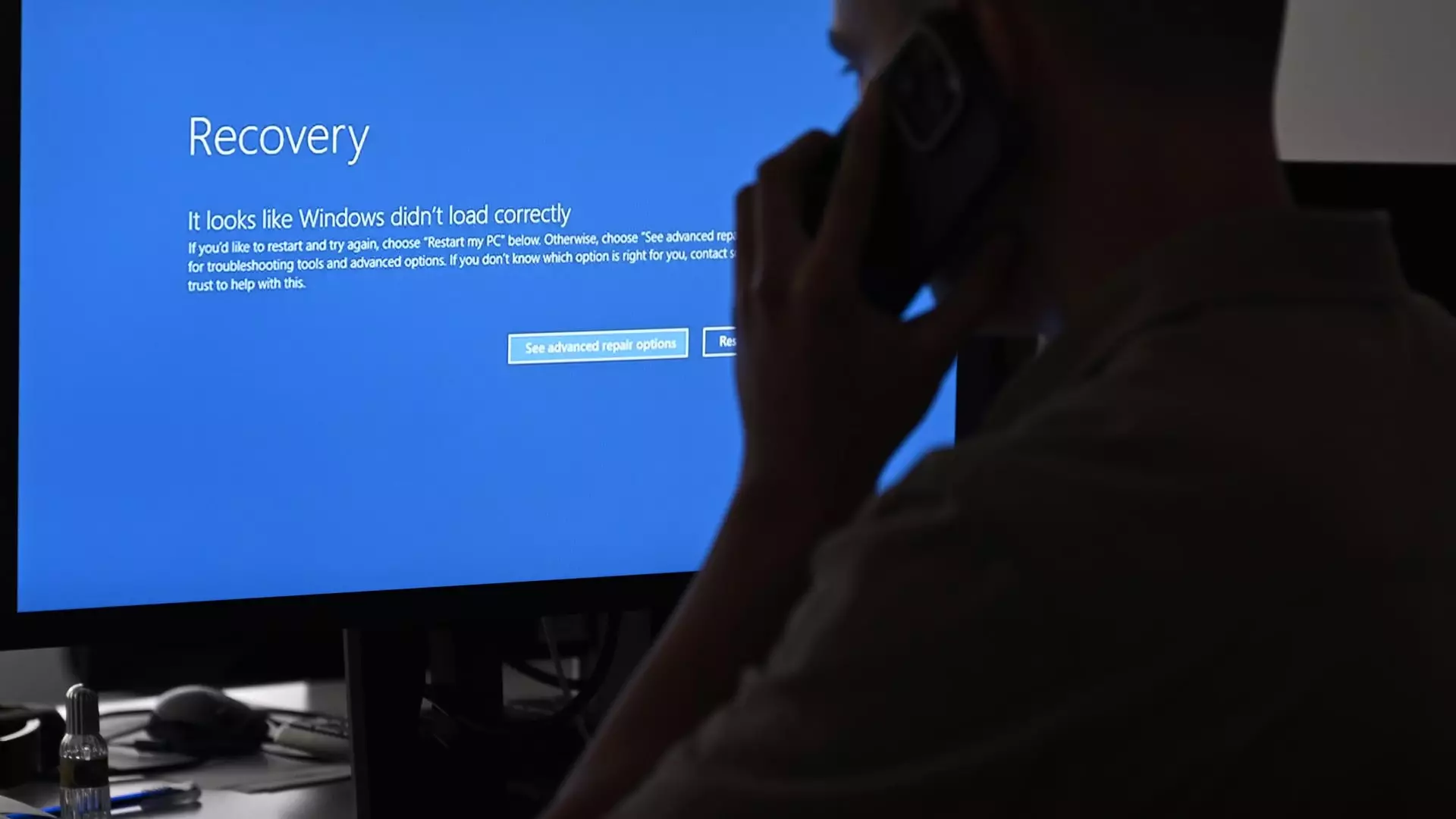On a seemingly ordinary Friday, chaos ensued worldwide as computer screens flashed blue and critical systems ground to a halt. This disruption was not caused by a sophisticated cyberterrorist attack, but rather by a botched software update from the cybersecurity giant CrowdStrike. The unintended consequences of this error were far-reaching, highlighting the interconnectedness of our modern society’s reliance on IT systems. Businesses faced operational challenges, and the repercussions were felt across various sectors, from coffee shops to hospitals to airports.
The culprit behind this global IT outage was a faulty content update linked to CrowdStrike’s Falcon monitoring software. Falcon, known for its robust malware detection capabilities, automatically updates itself to combat emerging threats. However, in this instance, buggy code was inadvertently rolled out through the auto-update feature, resulting in widespread disruption. While CrowdStrike swiftly identified and resolved the issue, the aftermath of the incident lingered for several days, causing significant downtime and logistical problems for affected organizations.
Industry experts emphasize the importance of implementing rigorous quality control measures to prevent similar incidents in the future. Suggestions include testing software updates incrementally, conducting thorough assessments in controlled environments, and enhancing safeguards to avoid single-point failures. The imperative to build redundancy into IT systems to mitigate the impact of technical failures is underscored as a critical cybersecurity strategy. Businesses are urged to view cybersecurity not merely as a cost center but as a vital investment in safeguarding their operations and ensuring long-term resilience.
The global cybersecurity crisis serves as a wake-up call for businesses to reassess their cybersecurity posture and address systemic vulnerabilities. While the immediate focus may be on technological fixes and risk mitigation, the broader issue lies in the organizational mindset towards cybersecurity. Business owners and leaders must shift their perspective from viewing cybersecurity as a discretionary expense to recognizing it as a fundamental business requirement. Building redundancy, diversifying cybersecurity tools, and investing in proactive measures are essential steps to fortify defenses against evolving cyber threats.
From a macro perspective, the cybersecurity incident reveals systemic weaknesses within enterprise IT practices, underscoring the need for proactive cybersecurity leadership and risk management. On a micro level, the importance of scrutinizing kernel-level code and enforcing stringent approval processes is emphasized to prevent critical disruptions. The ecosystem of third-party vendors also poses a challenge, requiring enhanced collaboration and information-sharing to preempt vulnerabilities effectively. As businesses navigate the complexities of cybersecurity, the imperative of embracing a proactive and holistic approach to risk management becomes increasingly paramount in safeguarding against future crises.


Leave a Reply